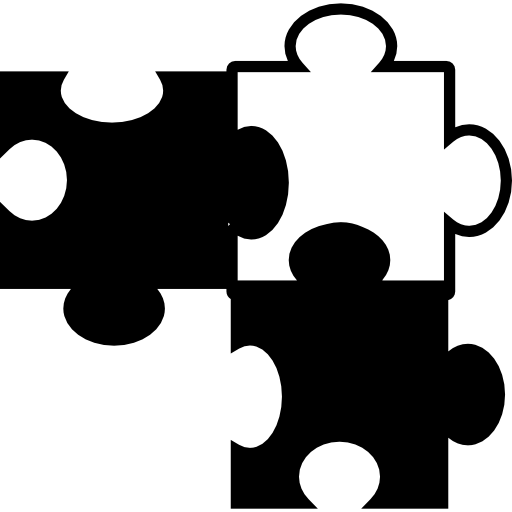
Yes. Most people want to vote for the outcomes that they prefer and most people want the genocide to end. Ergo most people would vote for an end to the genocide if given the opportunity.
In the minds of these people aiding Israel will either stop the genocide or not necessarily have an effect on it. They’re wrong, but still against the genocide.
So under that logic, Biden, who has expressed opposition to the ongoing operations but continued funding it, is also anti-genocide in the same vein that these voters are.
You’ll have to forgive me for not finding that a very ‘anti-genocide’ or ‘changing what we’re currently doing’ stance.








By four days.
Jesus, you really will grasp at anything, won’t you?